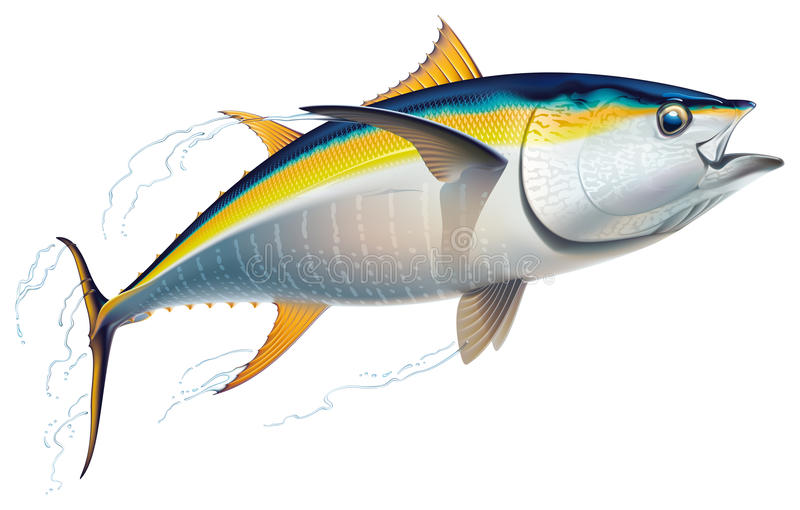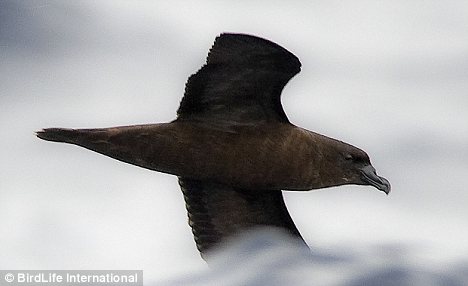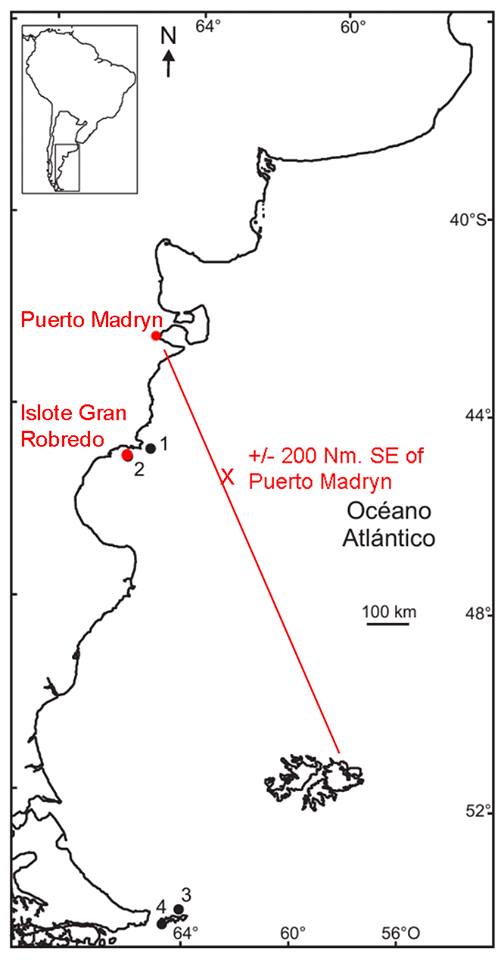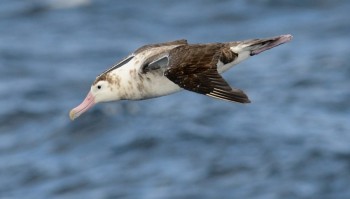The Western and Central Pacific Fisheries Management Commission (WCPFC) has launched a newly designed web portal for its Bycatch Management Information System (BMIS) that explores past and present efforts to tackle critical bycatch issues in pelagic tuna fisheries.

The Yellowfin Tuna Thunnus albacares is a species of tuna found in pelagic waters of tropical and sub-tropical oceans worldwide
“Bycatch in tuna fisheries is the collateral damage that is caused by fishing gear to non-target species such as seabirds, sea turtles, marine mammals and sharks. In many cases these species are already severely threatened from a variety of activities, creating an urgent need to manage and mitigate impacts from fishing. Streamer [bird-scaring] lines that deter seabirds, leader materials that allow sharks to bite through, and baits and hooks that are less likely to attract and injure sea turtles are currently deployed in some fisheries. How well do these mitigation measures work in practice? Are the mortality rates now low enough to allow bycatch populations to be sustained? Unfortunately, these questions remain largely unanswered in tuna fisheries and there are no universal quick fixes in sight.”
“The BMIS allows searching of over 1000 curated references by species group, fishing gear or mitigation technique, and provides pointers to species identification and safe release guides. The new BMIS also helps users--ranging from scientists to managers to fishers to the general public--explore management options by linking to information on interaction rates and population status. A built-in blog feature, ‘Bycatch Bytes’, provides an easy way to keep up-to-date on the latest developments in bycatch reduction.”
John Cooper, ACAP Information Officer, 21 November 2017

 English
English  Français
Français  Español
Español 



